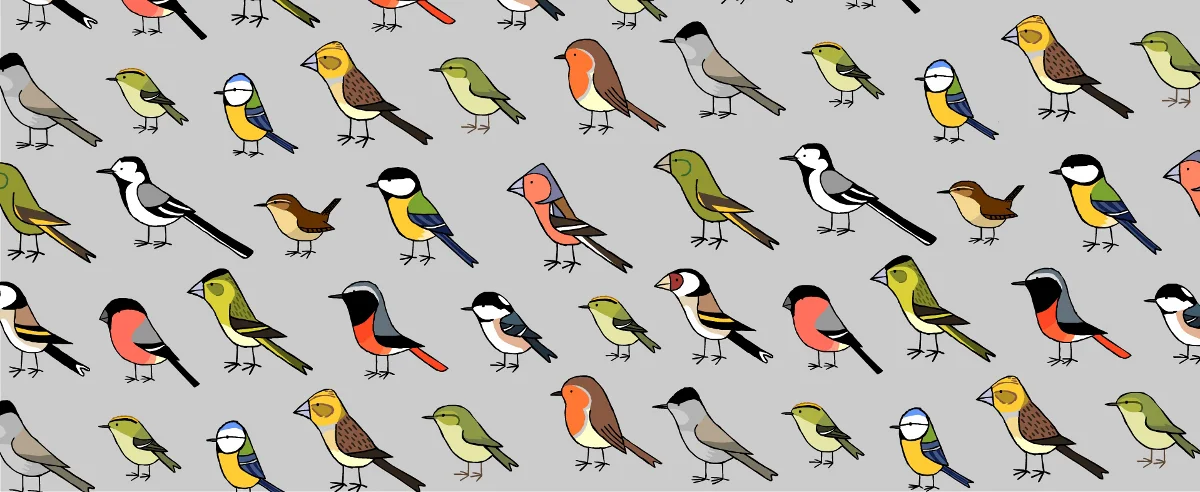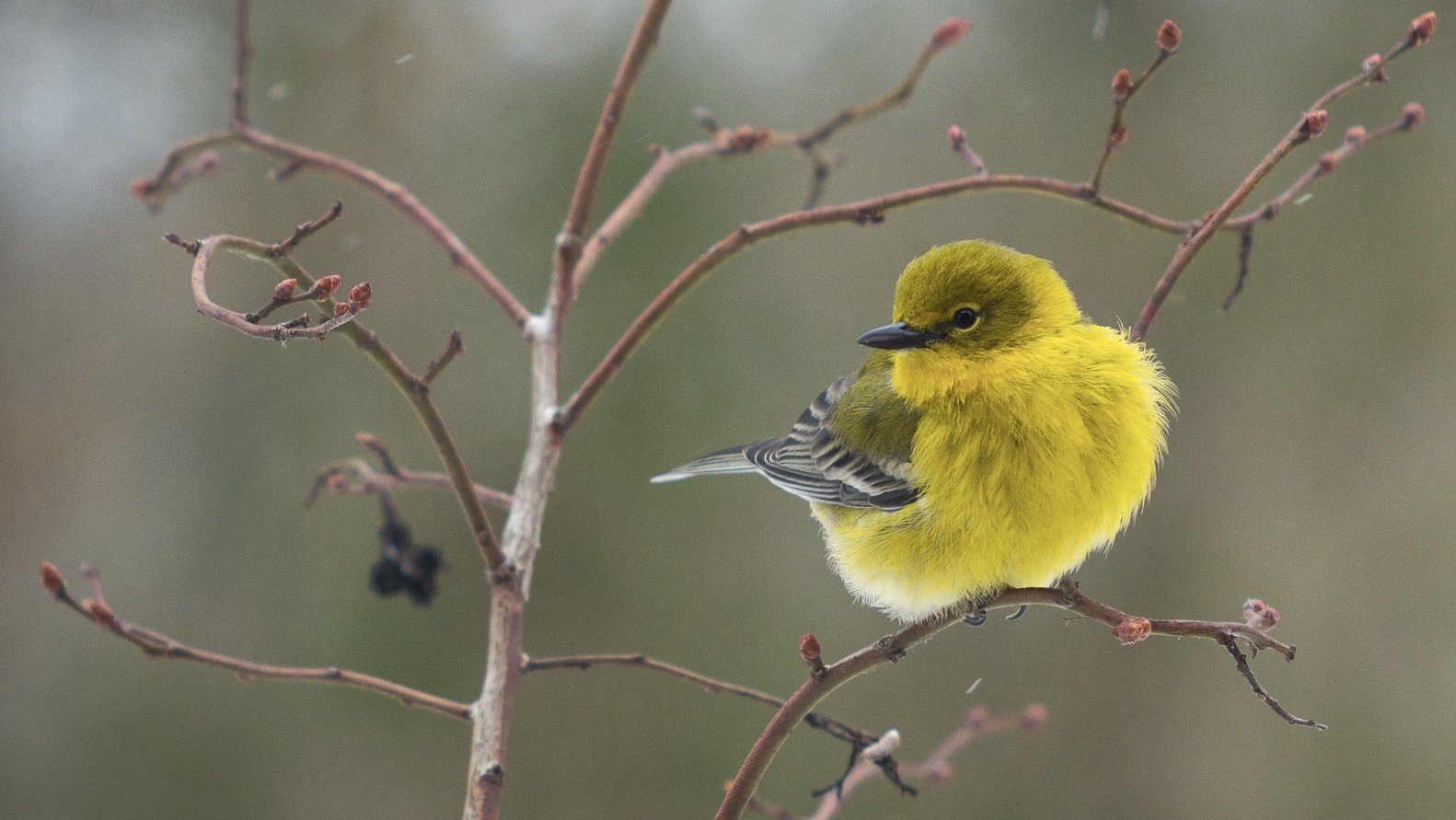A Scandinavian Tradition
Did you know that the idea of feeding birds isn’t a new one? In the countries of Norway, Sweden, and Denmark, people will put bird seed on their front doorstep on Christmas day to bring them good luck in the New Year. This practice originated with farmers hanging up sheaths of grain (called Julkarve in Sweden, or Julenek in Norway) from the autumn harvest to insure a successful harvest in the next season.
If you are feeling Scandinavian this season, or if you just want all the luck you can get, a couple handfuls of Black-oil sunflower seed or our Wood Thrush Mix (equal parts Black-oil sunflower and White millet) thrown on your doorstep (if you’re feeling traditional), driveway, sidewalk, or patio is a great way to entice several wintertime visitors and a few of our colorful year round residents alike. Northern Cardinals, Eastern Towhees, Mourning Doves, Dark-eyed Juncos, and White-throated Sparrows are all ground feeding birds by nature and would be likely to take you up on your offering. While we cannot guarantee that feeding birds on your doorstep this Christmas will provide you with good luck this New Year, an up close look at these beautiful birds is sure to brighten your morning, and the squirrels will certainly thank you, too.
White-throated Sparrow
Photo Credit: Eli Haislip
Saturday Flash Specials
The Saturday before Christmas is the single busiest day of the year at the shop. This year, we are going to have flash sales on a few selected items that we think would make great gifts for the lover of yard art. Do you know someone who would appreciate larger-than-life sized metal birds? Saturday only, take 40% off the marked price of our oversized GMex Flamingo and Rooster!
Owls are generally a popular animal, and we have a number of products that would make great gifts for the owl lover in your life. One of our favorites is our large cast stone Great-horned owls. They are made in Pennsylvania by Campania International, the same company that makes our fountains and many of our bird baths. They have an accurate likeness to the real thing, are a versatile size (slightly larger than life sized) and we really like the stain they use on the stone. This Saturday, take an additional 40% off the prices marked!
Holiday Hours
We have received numerous questions about what our hours are going to be for Christmas and if we will be open next week. Don’t worry! We won't let your birds go without. We will be open Saturday, December 21st, normal hours from 10:00-5:00, Monday, December 23rd, normal hours from 10:00-5:30, and then on Christmas Eve we will be open from 10:00-2:00. We will of course be closed Christmas Day, and then it is right back to business as usual with normal business hours resuming Thursday, December 26th!
A Final Note
We’d like to thank all of you for making this holiday season a huge success at the Shop. From our family to yours, we wish you all a very Merry Christmas and Happy Holidays!
Pine Warbler
Photo Credit: Eli Haislip



















